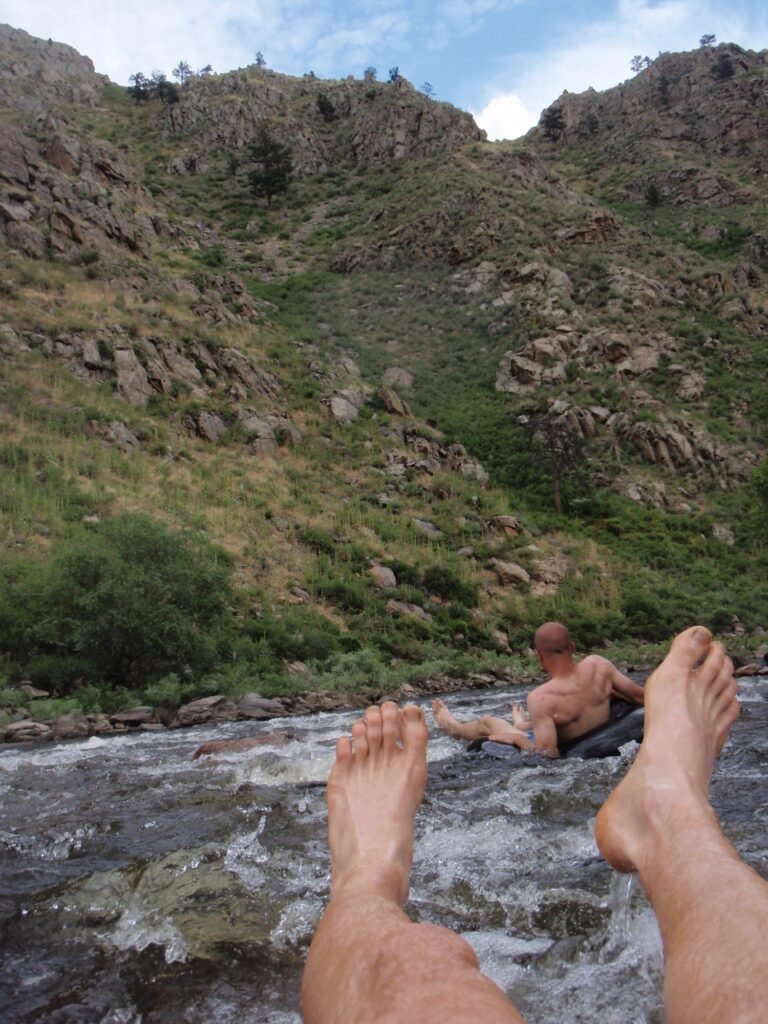How to Handle a Cut Foot Tubing the River
Every summer, thousands of people flock to the Comal and Guadalupe Rivers to relax, float, and cool off. But sharp rocks, submerged branches, or slips on the bank can cause more than just a minor scrape. If you cut your foot tubing, knowing when to seek medical attention can make a difference in how quickly and safely you recover.
When a Tubing Injury Requires Medical Attention
Minor injuries can often be treated at home, but more serious wounds need proper cleaning and closure to avoid infection. Cuts on the foot are especially prone to complications due to river water exposure and weight-bearing activity. If the bleeding doesn’t stop with steady pressure after 10 minutes, or if the wound is deep, it’s best to head to an emergency facility.
You should also visit the ER if:
- The wound was caused by glass, metal, or a dirty object
- You see exposed tissue or bone
- You haven’t had a tetanus shot in the last five years
- The injury causes significant swelling, warmth, or red streaks
- You’re unable to walk or put pressure on the foot
Why Foot Wounds Are Riskier Than They Look
Foot injuries are more than a surface problem. They’re hard to keep clean and often slow to heal because of moisture, movement, and bacteria exposure — especially after time in river water. Deep or jagged wounds also carry a higher risk of infection, including cellulitis or abscesses. According to Mayo Clinic, signs like pus, redness, and fever should prompt immediate care.
Fast, Local Emergency Care in New Braunfels
If you’ve injured your foot on the river, First Priority ER is close by and equipped to handle wound treatment, laceration repair, and tetanus prevention. With walk-in availability, little to no wait, and on-site labs and imaging, you don’t need to wait in pain or risk an infection setting in. Our team is experienced in treating tubing-related injuries quickly and professionally.
Visit our emergency services page to learn more about the conditions we treat.
Tips for Safer River Days
Know where the nearest ER is before you float
Wear river shoes with thick soles to protect your feet
Avoid tubing in low water when rocks are more exposed
Carry basic first-aid supplies in your group



